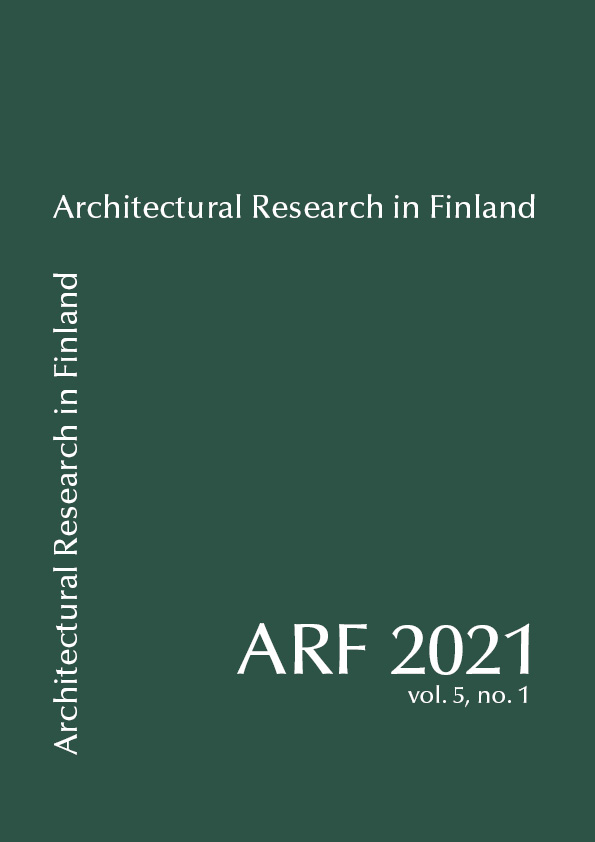When a Patio Becomes a City
(In)volution of Carrières Centrales, Casablanca (1953–2018)
DOI:
https://doi.org/10.37457/arf.113250Keywords:
Carrières Centrales, Casablanca, time, change, society, patio house, modern heritageAbstract
In the 1950s, the city of Casablanca underwent a surge in demographic growth. Having become a strategic port during the French protectorate, it quickly had to accommodate more than 140,000 new arrivals from the countryside.
The most extensive urban development project in the city was Carrières Centrales, introduced as a case study in the CIAM IX by the GAMMA team. Michel Écochard, Candilis and Woods reinterpreted the traditional Moroccan house in a compact horizontal fabric as well as in singular buildings. This became the typology not only for a house, but for the whole city.
A revisit to Carrières Centrales 65 years after its construction provides an understanding of the metamorphosis that the urban fabric has undergone over time. The critical analysis in this research aims to uncover the main architectural and social parameters that have influenced its transformation.
To achieve this goal, fieldwork was carried out during a research trip in October 2018. The work involved contacting local professors, accessing the archives of the University of Casablanca, interviewing the residents, and redrawing and graphing all the architectural elements that had changed since their construction.
The urban fabric of Carrières Centrales was found to have evolved in a way that supports the following hypothesis: if an urban model imported into a developing country does not adapt to the changes in the life of its residents, it is considered a failure.




